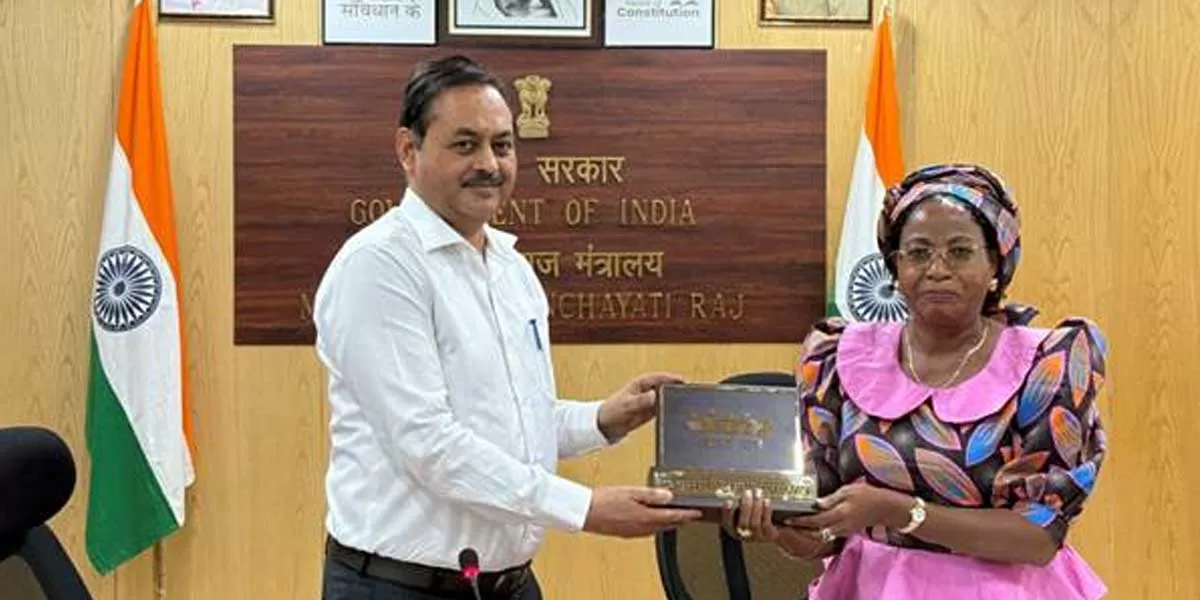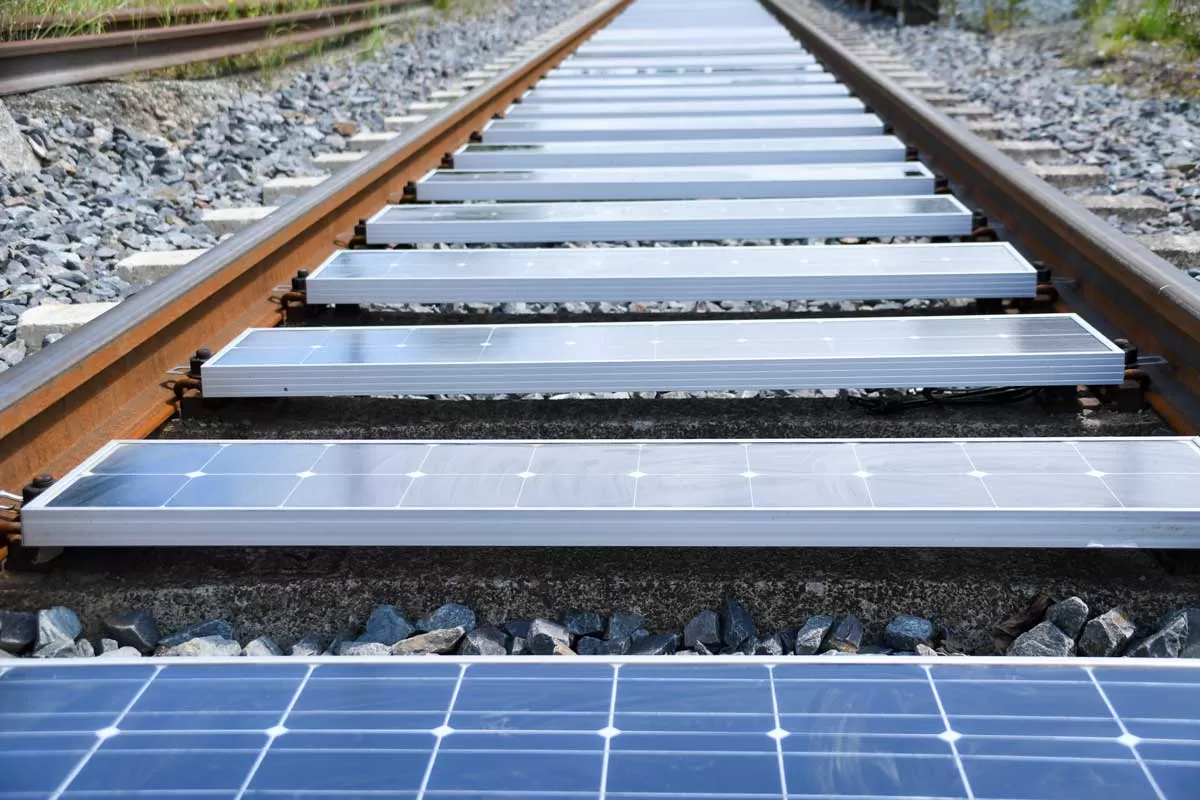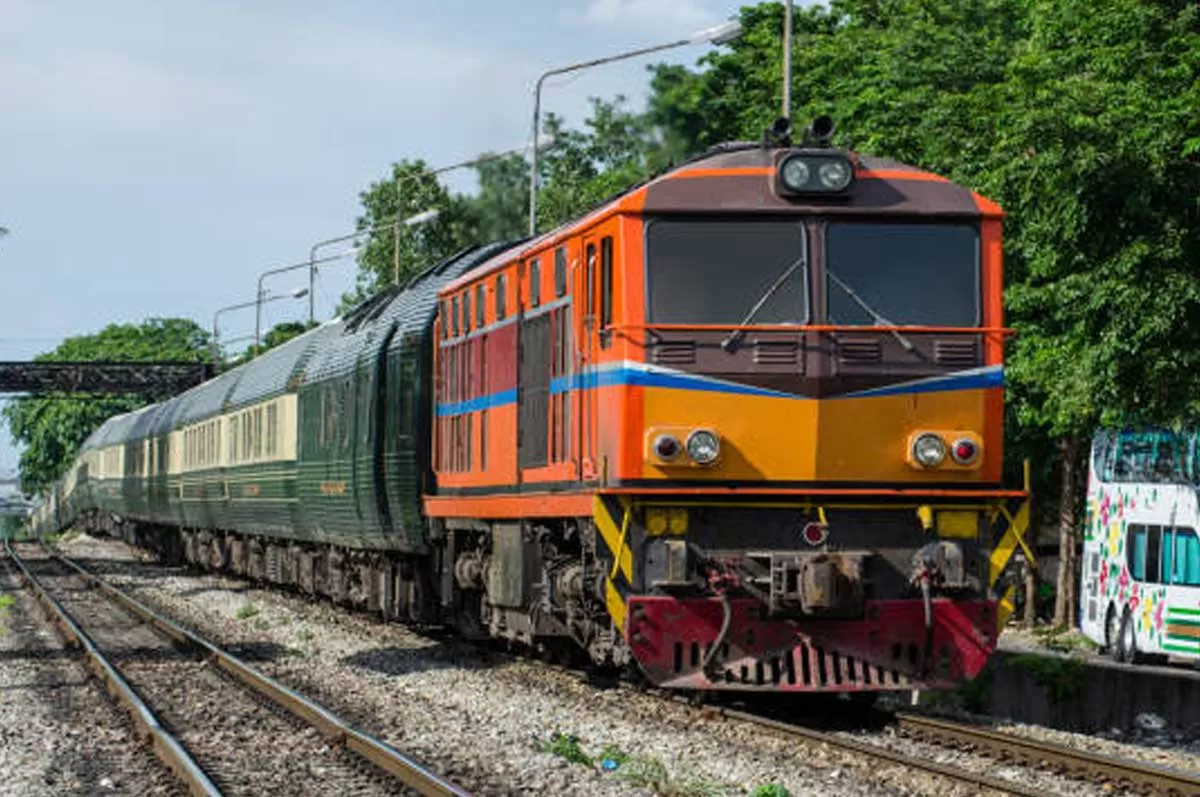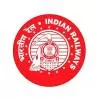Funding the infra-driven Vision 2047
Read full article
CW Gold Benefits
- Weekly Industry Updates
- Industry Feature Stories
- Premium Newsletter Access
- Building Material Prices (weekly) + trends/analysis
- Best Stories from our sister publications - Indian Cement Review, Equipment India, Infrastructure Today
- Sector focused Research Reports
- Sector Wise Updates (infrastructure, cement, equipment & construction) + trend analysis
- Exclusive text & video interviews
- Digital Delivery
- Financial Data for publically listed companies + Analysis
- Preconceptual Projects in the pipeline PAN India

Mozambique Delegation Studies India's Panchayati Raj Model
On April 1, 2025, a high-level delegation from Mozambique visited India to explore its decentralised governance model, particularly the Panchayati Raj system. The interactive session was hosted by the Ministry of Panchayati Raj (MoPR) and led by Shri Sushil Kumar Lohani, Additional Secretary, and Shri Alok Prem Nagar, Joint Secretary, MoPR. The Mozambican team was headed by Prof. Benigna Zimba, Coordinator of the Commission of Reflection on the Model of Decentralisation (CREMOD). Shri Lohani provided an in-depth overview of India’s local self-governance journey, emphasising constitution..

Indian Railways Installs 209 MW Solar Power at 2,249 Locations
Till February 2025, Indian Railways has successfully installed 209 MW of solar power capacity at 2,249 railway stations and service buildings across the country, aligning with government policies on renewable energy, environmental sustainability, and long-term financial savings. The initiative forms part of a broader strategy to procure Round The Clock (RTC) renewable power, including solar and wind, through various power procurement modes. Most solar plants have been established via Power Purchase Agreements (PPA) under developer mode. Despite facing challenges such as regulatory hu..

Indian Railways Upgrades Speed and Capacity on Key Corridors
Indian Railways is intensifying efforts to enhance speed and capacity along the Delhi-Mumbai and Delhi-Howrah corridors through multi-tracking, Dedicated Freight Corridor (DFC) expansion, and high-speed upgrades. On the Delhi-Mumbai section (1386 km), the sanctioned project to raise sectional speed to 160 kmph is in an advanced stage. Of the total length, 196 km already has four rail lines, while construction of the 3rd and 4th lines on the Dahanu Road–Virar (64 km) stretch is ongoing. Surveys for adding tracks along the remaining 1126 km have also been sanctioned. Furthermore, 1404 km ..














